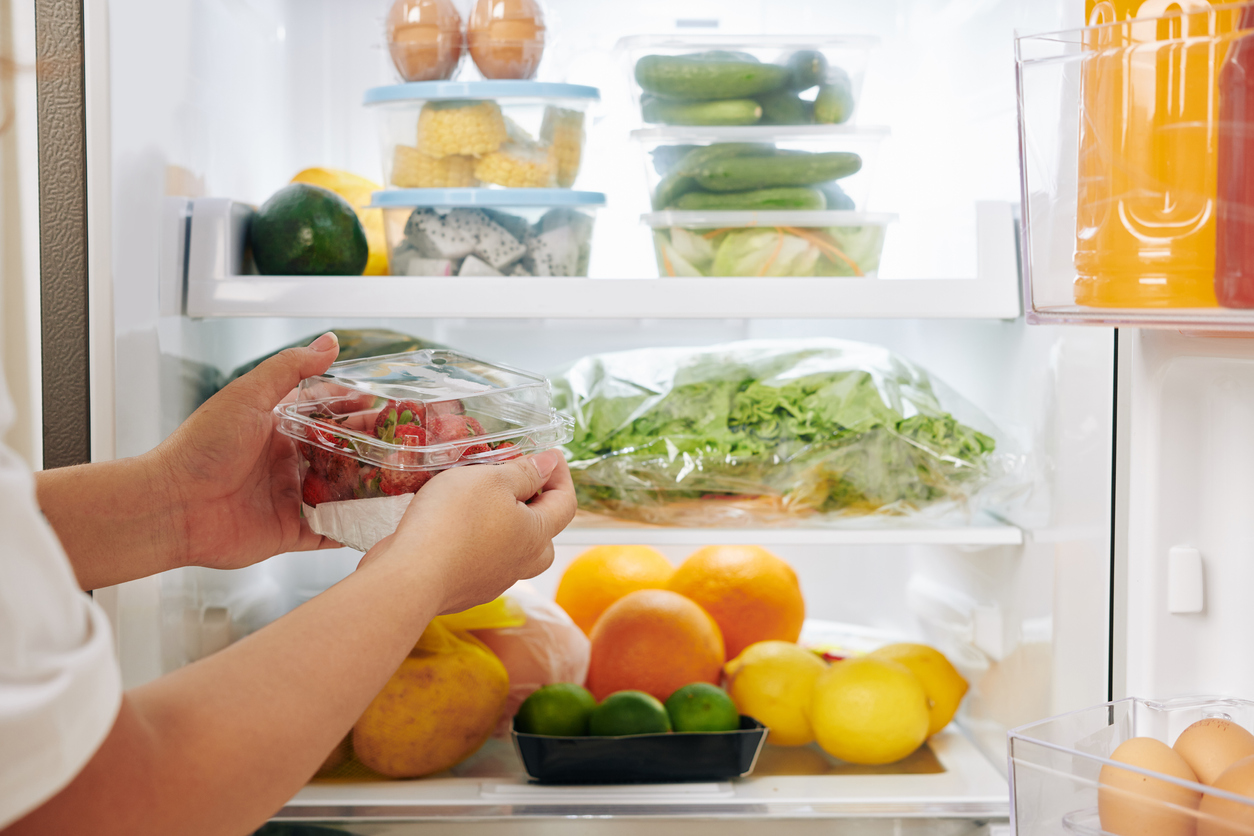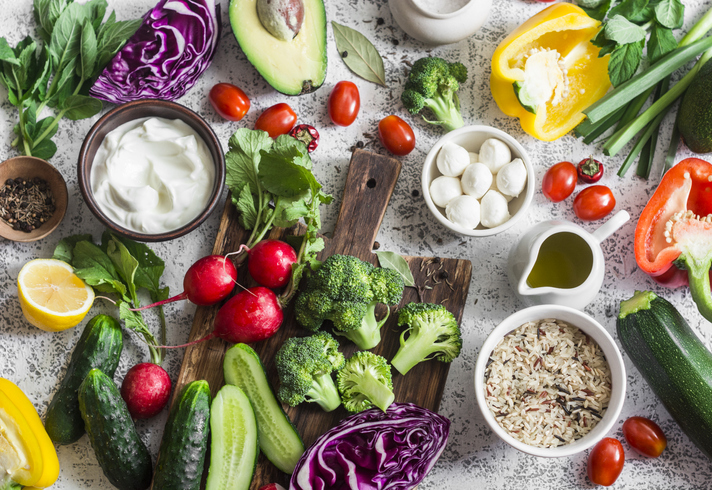
Knowing your ingredients
We’ve all heard about the need to read labels to help make the best choices at the grocery store, but what exactly are we looking for and how do we interpret that information? The first thing to note is that not all foods require a label and these include single ingredient items like fruit, vegetables, meat and bulk foods, like grains and legumes, as well as foods prepared and served in the same establishment, like your grocery store bakery or deli and restaurants.
For all other food products, there are many sources of information on a food product label that we need to understand as consumers and they have varying levels of importance depending on your needs.
The first information we usually see on a label are the marketing claims on the front of the package that are designed to catch your eye and get you to pick up that food product. Although health claims are regulated here in Canada, the goal of most food companies is to maintain their bottom line, not keep you healthy. This means we have to use caution when looking at these claims, like “no added sugar” which does not necessarily mean that it’s a food that is low in sugar. Or “lower in sodium”, which does not mean it is a food that is low in salt, just that it’s a certain degree lower than its traditional counterpart.
If a health or marketing claim is attractive to you for a certain reason, always be sure to flip that package over to dig deeper into the claim. This may mean checking the Nutrition Facts Table which will tell you exactly how much sugar or sodium is in that food. Be sure to remember to check the key piece of information on a Nutrition Facts Table though, which is the serving size (e.g. 1 slice of bread or ½ cup of soup). If you do not know how much of the food they are referring to, then the amount of nutrients has no reference. Food manufacturers are supposed to choose a serving size that accurately reflects a realistic portion size (e.g. the whole bottle of soda pop or candy bar) but this is sometimes up for interpretation.
The most accurate information, that a food manufacturer cannot tweak or spin, is the ingredients list. All of the ingredients in the food product, except a few items like spices, are required to be listed by order of weight. That means the first ingredient listed is what the product contains the most of. If a claim on the front said “no added sugar”, be sure to scour that list for other sources of sugary ingredients like fruit juice concentrates, barley malts and refined grains which could negatively impact blood sugar in the same way.
The other general rule of thumb is to choose products with shorter ingredient lists of foods that you know and can pronounce. If you could not have those ingredients in your home kitchen, consider limiting the quantity and frequency of consuming this potentially ultra-processed food product. Which goes alongside the recommendation to choose most often those single-ingredient foods that do not require labels, like vegetables and fruit, which are the foundation of optimal health.



